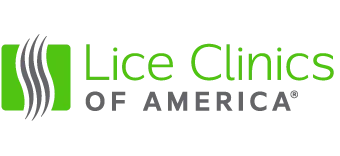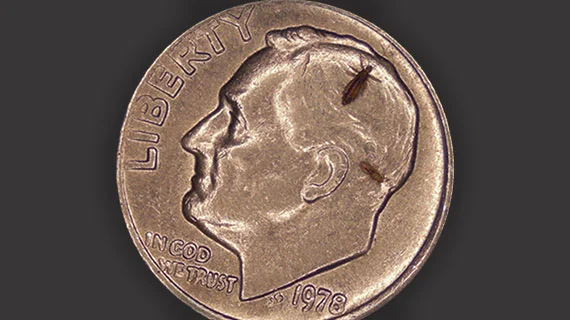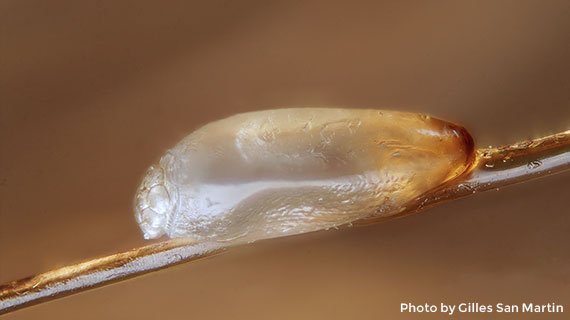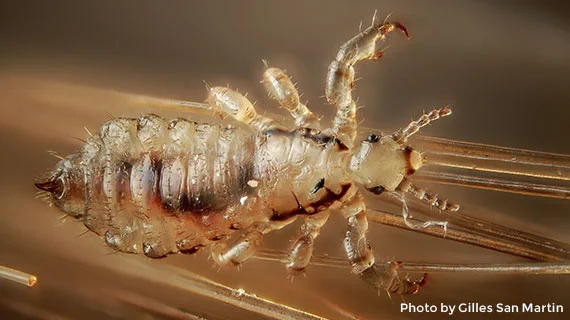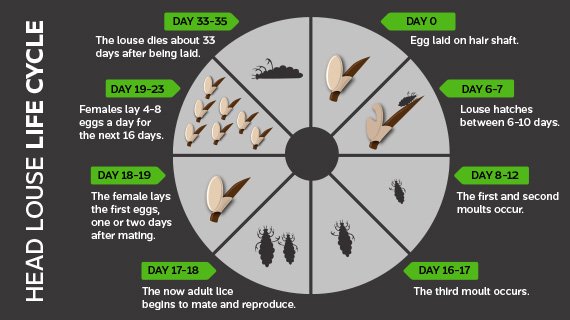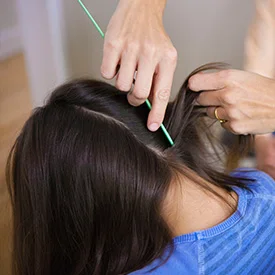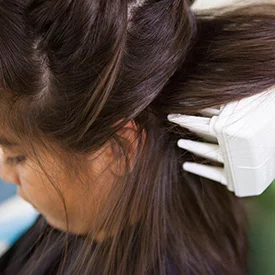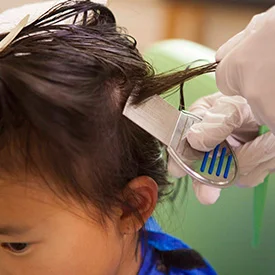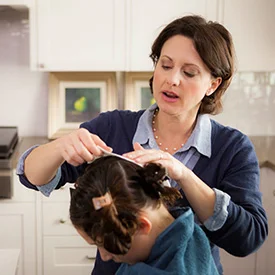After leaving our clinic today, you will be lice free.We want you to stay that way, so we recommend you do the following as soon as you get home.
- Wash and dry pillowcases, sheets, towels and clothes that any treated family members used in the past 24 hours. Make sure you use the hot water and high heat settings for your washer and dryer.
After that, relax. You don’t have to worry about delousing any other of your home. Scientific studies have shown that is extremely rare for lice to be on carpets, furniture, brushes, or combs. Even if they were, they would be dehydrated and nearly incapable of getting back on a family members head.
That said, if it gives you more peace of mind, you can always vacuum and /or use a sticky lint roller on sofas, chairs, and carpets. You can place combs, hair brushes and ponytail holders in a plastic baggie and leave them in the freezer overnight.
Do not use any bug bombs or furniture sprays that claim to kill lice. They are not necessary and many are toxic and ineffective.
